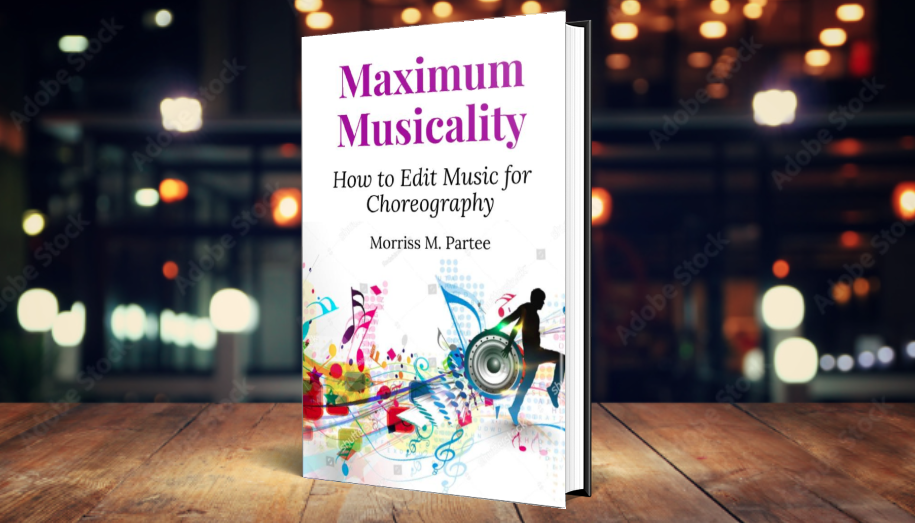Music in the dance studio. Such an important component, yet too often neglected and undervalued.
Who handles the music editing at your dance studio? In an earlier blog post, I make the case that music editing should not be left to the dance teacher. Just as a musician has no clue about grand jétés and pirouette fouettés, dance teachers have little or no knowledge of zero-crossings and peak limiting. Yet the result of a dance teacher doing his own music editing often turns out as amateurish as if a piano player attempted to perform a changement.
So let’s take a look at the economics of putting a group number on stage, and determine whether or not it’s worth it to spend $250 on a first-class original remix, such as Pixie Hollow.
Let’s say that the routine will be performed for one year, at 4 regionals, and has 20 students in the routine. We’ll use these rough figures as an example.
Costumes: $125 x 20 students = $2,500
Entry fees: $35 x 20 students x 4 competitions = $2,800
Not taking into consideration all of the money spent on weekly lessons, that’s $5,300 being spent on costumes and entry fees alone for this routine.
Now let’s look at how this outlay compares to spending $250 for an original remix for the routine. An investment of $250 in the music represents less than 5% of the total budget being spent on putting this piece on stage. Another way to look at it is $12.50 per dance student.
And the numbers become even more compelling when you consider that many studios will repeat songs and use them for two years. This equation makes the investment equal to $6.25 per student per year, and just 2.4% of the total costume & entry fee cost over those two years.
For straightforward editing of a song to dance routine length, the numbers are even more compelling. $50 represents less than 1% of the costume and entry fees, and $2.50 per student. If the song is used for two years, that becomes half of a percent of the competition outlay and $1.25 per student. When you look at the numbers this way, there’s hardly an excuse to have dance teachers editing songs and creating flaws in the music. Especially because dance teachers don’t even know they’ve created mistakes in the music.
Music is the foundation of dance. Does the studio want to have the parents shell out $5300 on a routine with a shaky foundation? Is that a good way to go when with a modest investment you can get a fantastic and unique remix to build your choreography on?
Perhaps more dance studios don’t invest in quality music editing because dance is a very visual medium, and you can’t see music. But because the music for every dance routine will be played at high volume on a big-stage sound system, a glitch in the audio is akin to wearing stained and torn costumes. If you wouldn’t dream of putting a dancer on stage in a tattered costume, why would you put them on stage with hiccups or scars in their music?
I think this type of investment in the music is well worth it for a unique piece that will wow audiences, judges, and parents, especially compared to having a self-edited song that has hiccups, glitches, jumps, or any of the other top five music mistakes most commonly heard at dance competitions. But then again, I might be biased. What’s your take on it?
